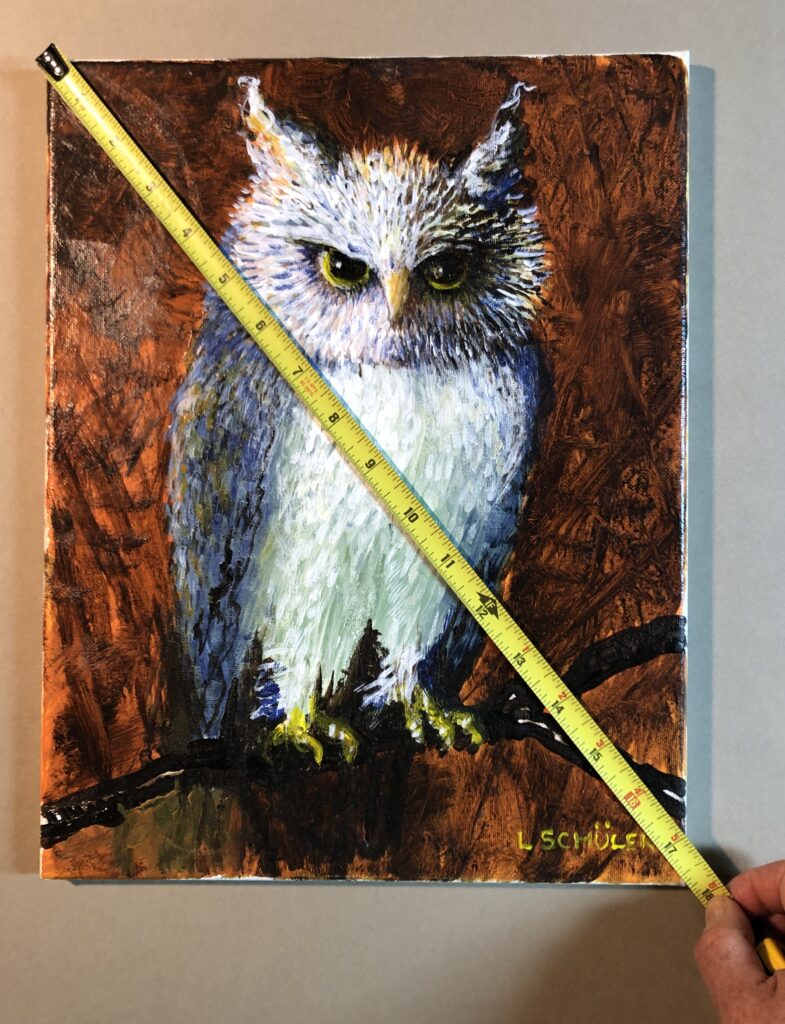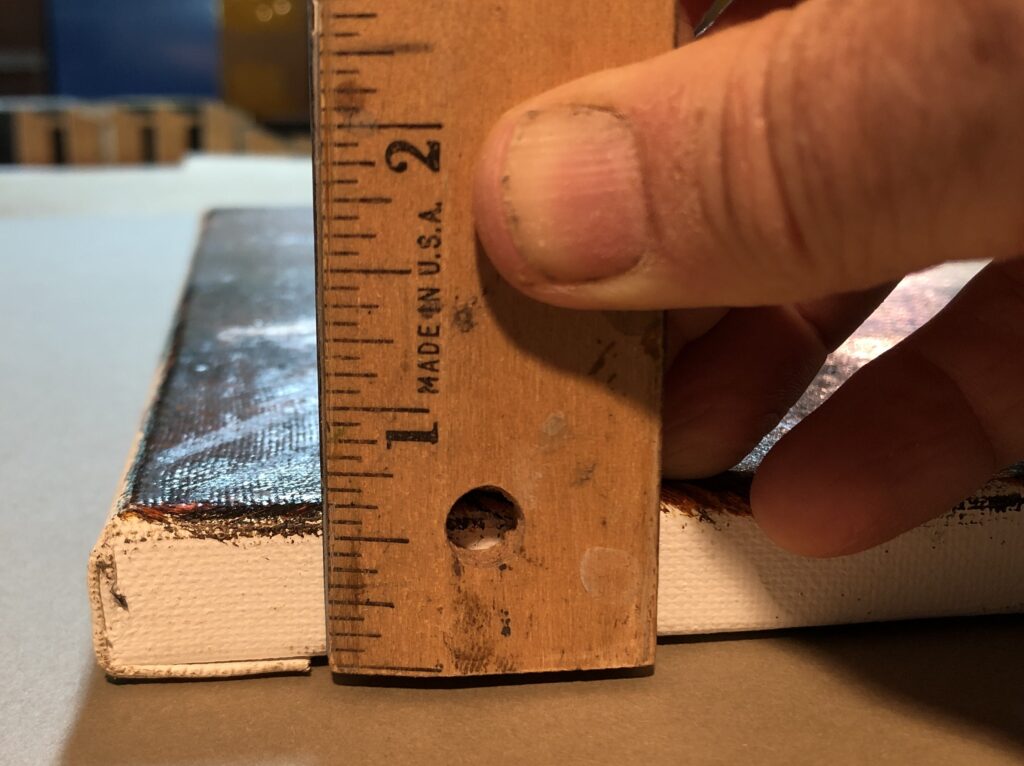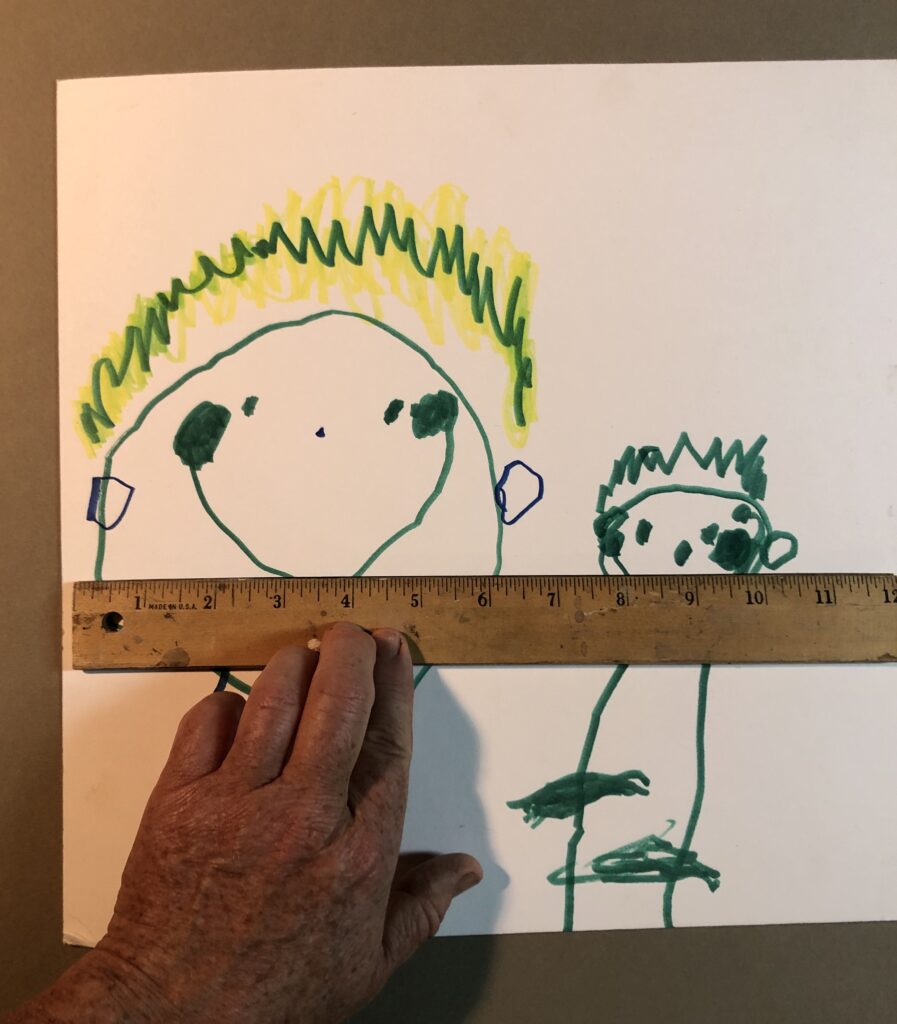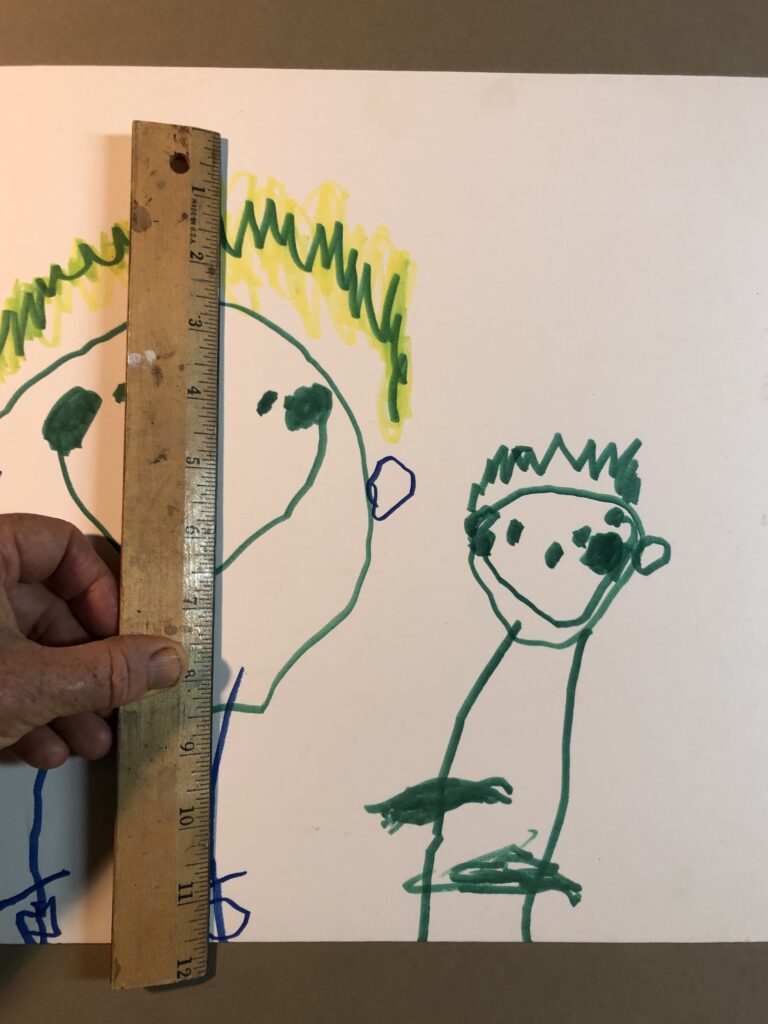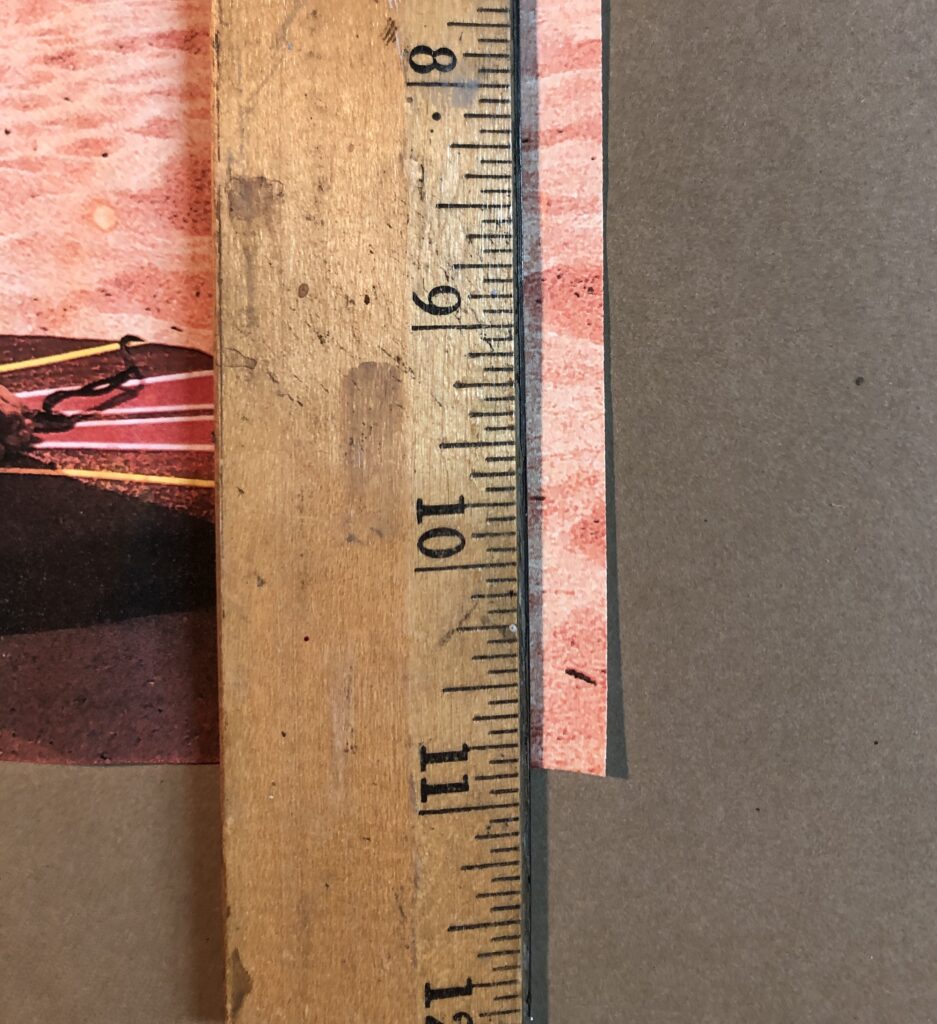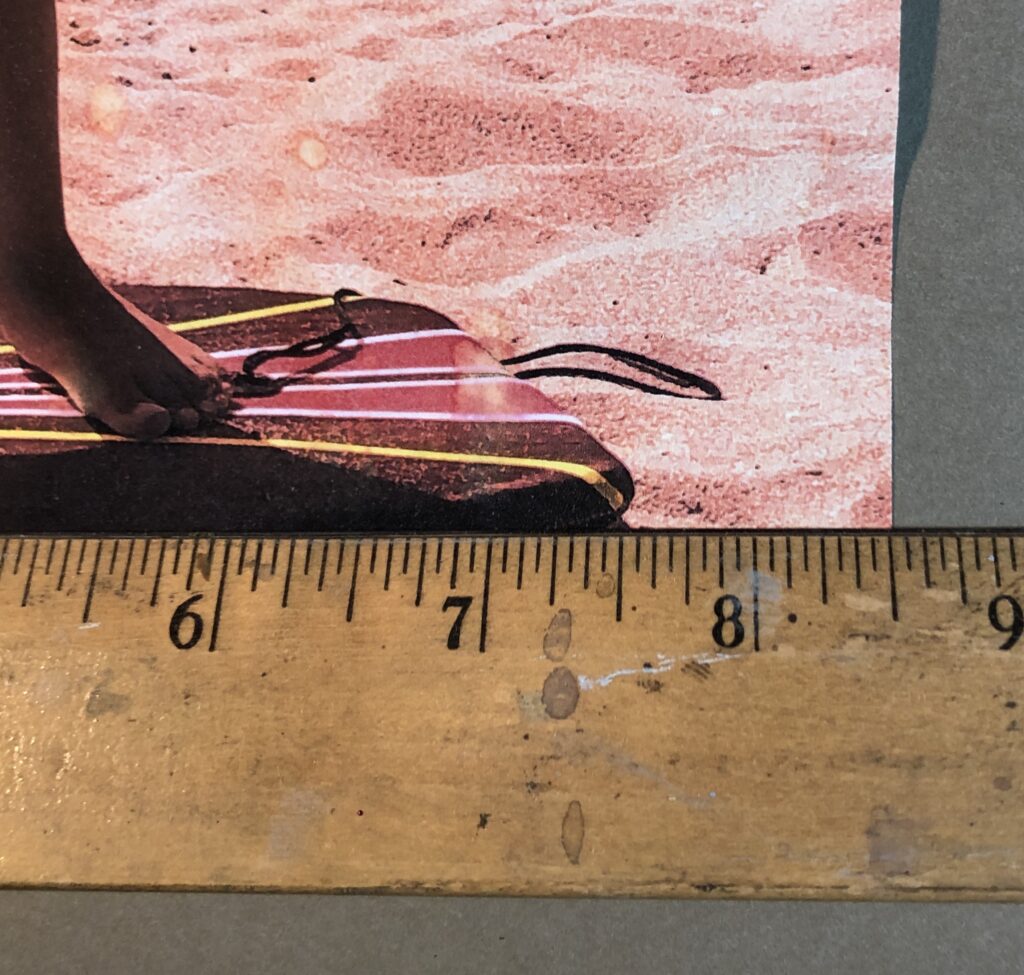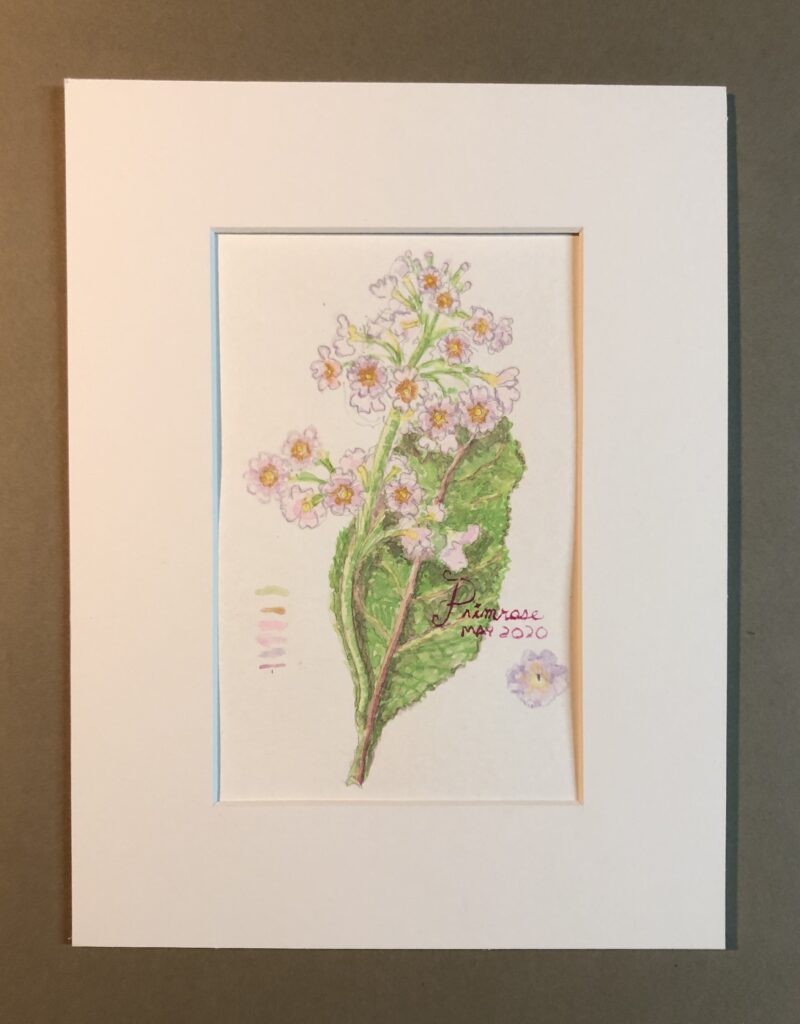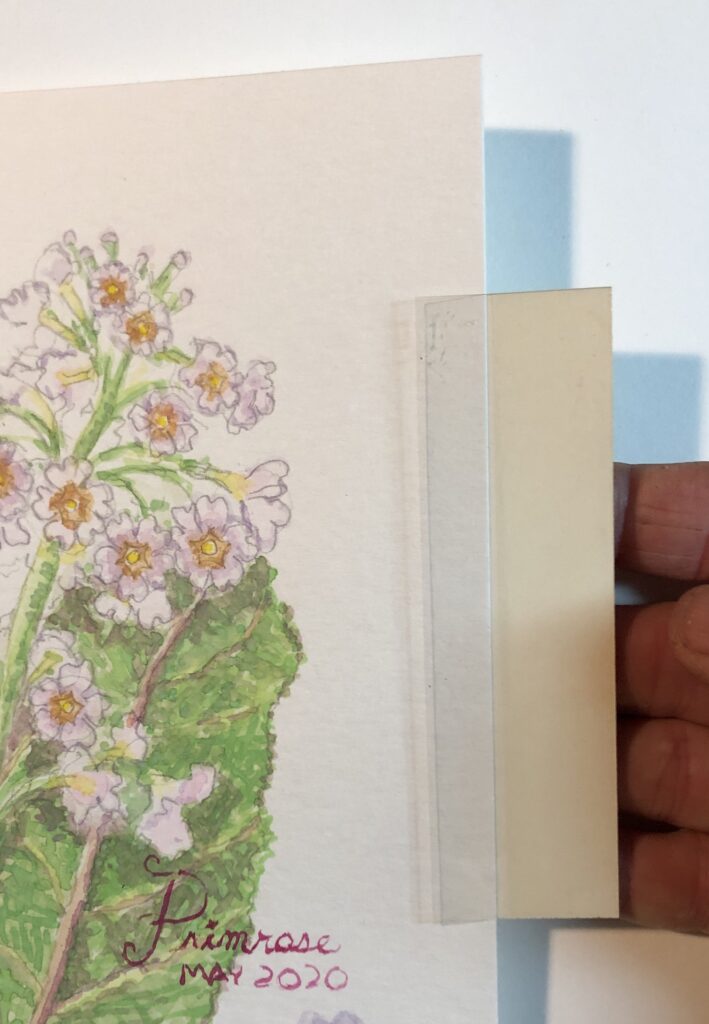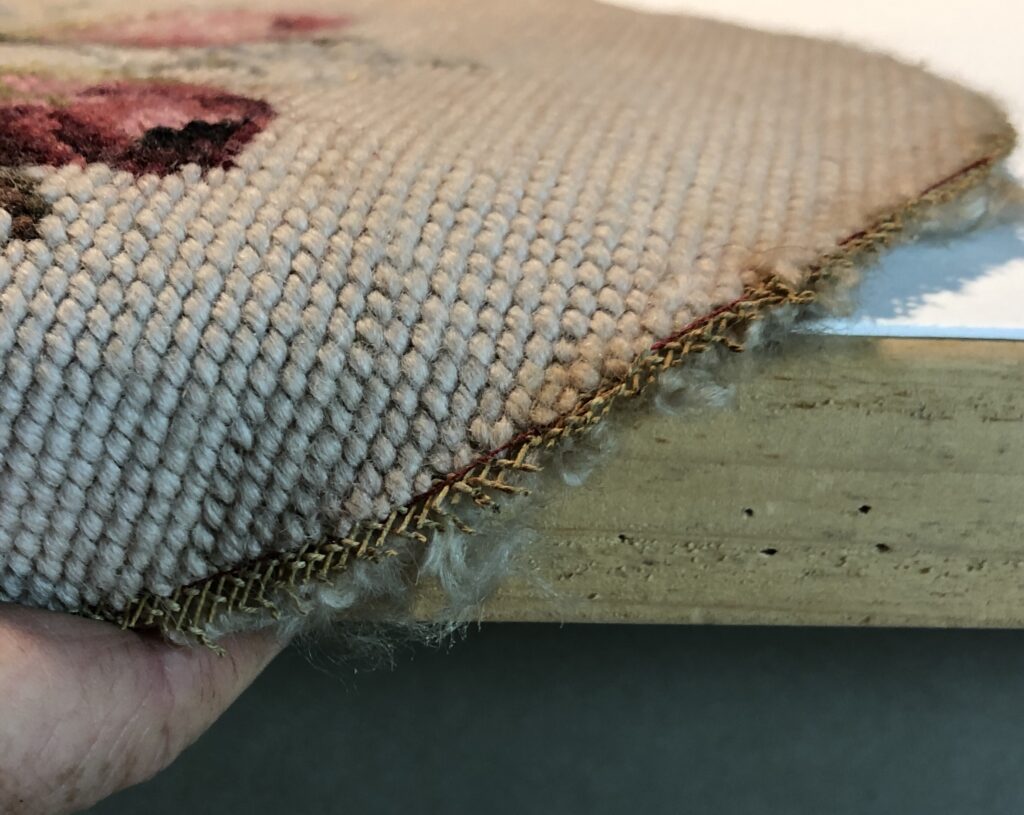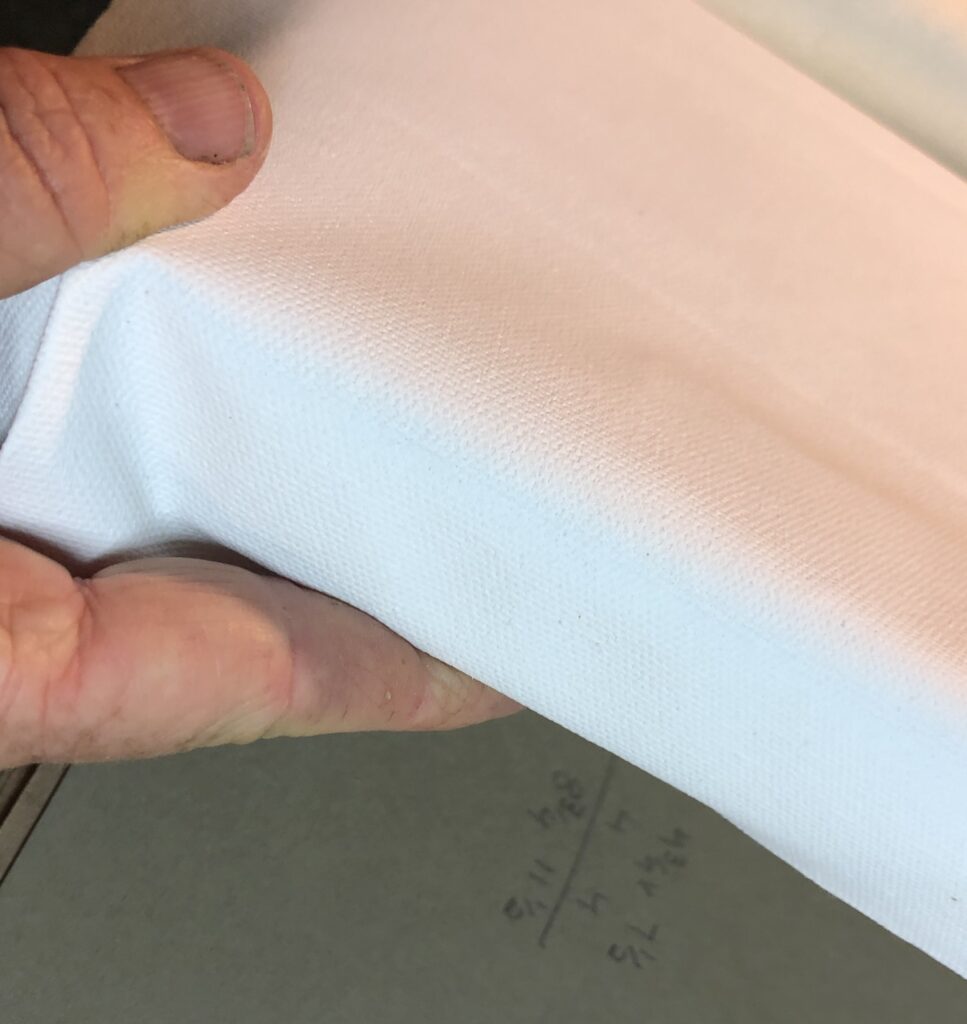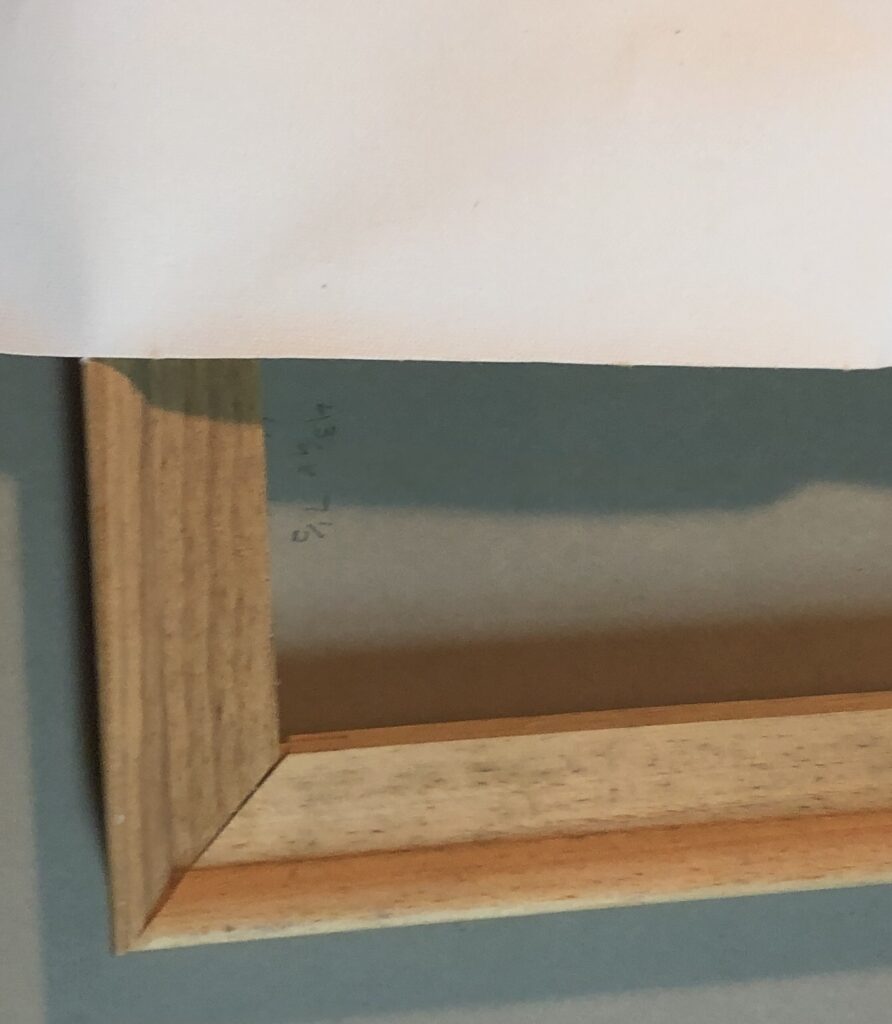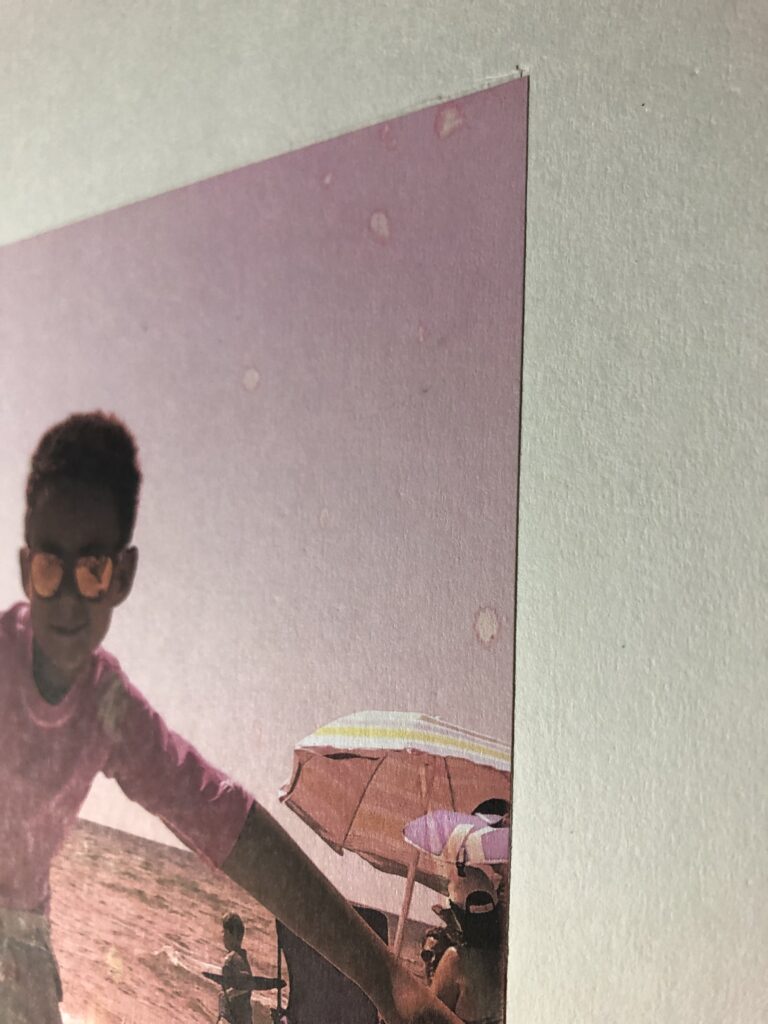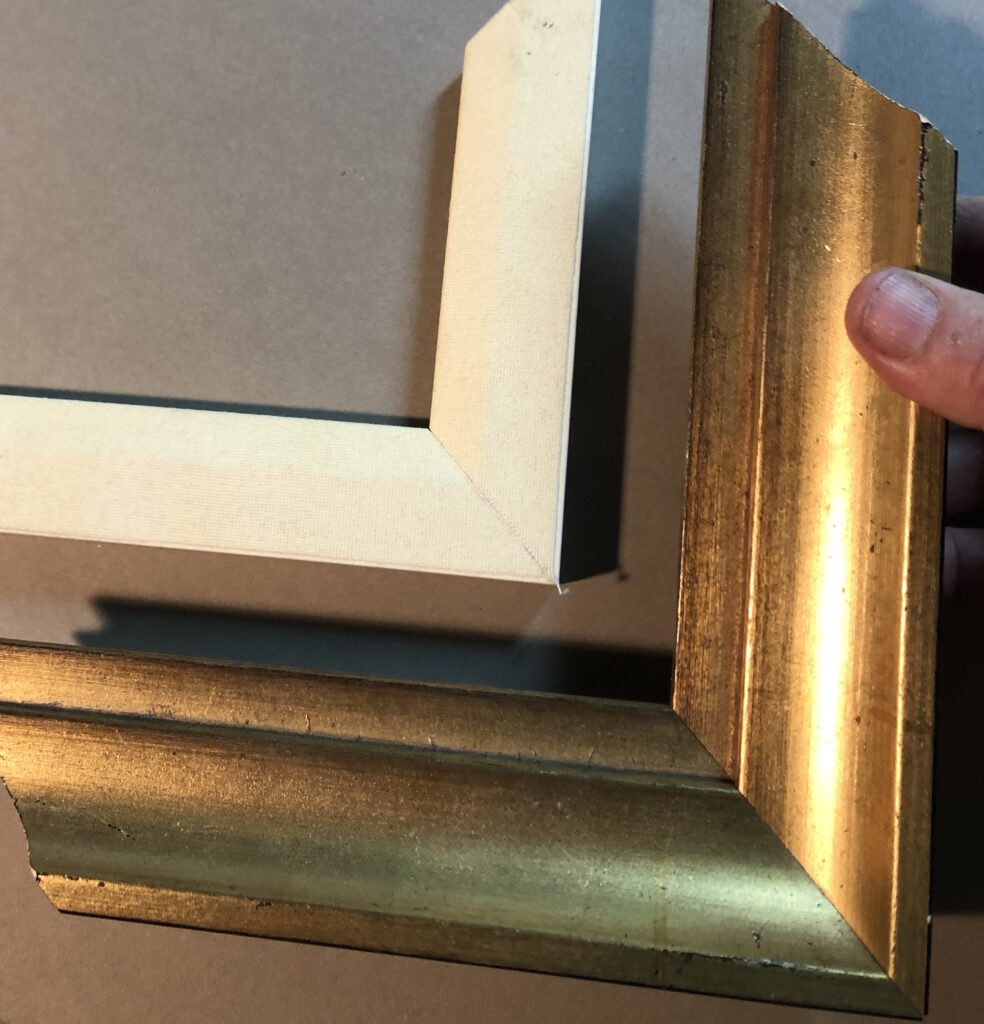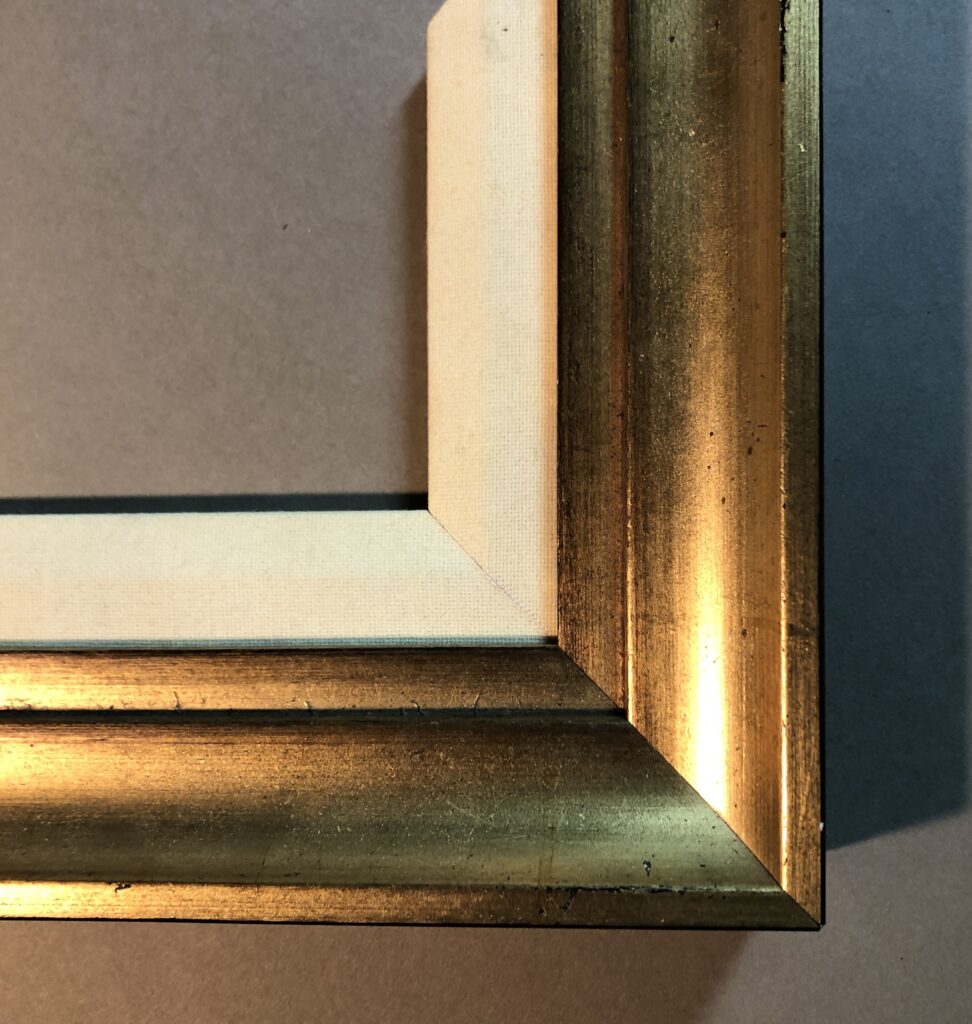What goes into custom picture framing? Sometimes it’s really straight forward. You’d like a simple matte black frame that’s not too over the top in style or cost. At the other end of the spectrum you want to go all out with a gold leaf frame that’s maybe carved and ornate because you have a historic home or what you are framing calls for it. Either way there are some basic elements that go into each frame that you may want to understand so you can make a great choice that is tasteful, offers preservation and fits your budget. Maybe you already know about what I’m planning to share with you. If you don’t I’m going to break it down for you. I’ll fill you in on basic elements for quality picture framing. If you have something out of the ordinary send me an e-mail from the contact page and we can put creativity to work and come up with something unique.
Generally speaking, what goes into each frame is something like this. Your item, matting, mounting board , glass or acrylic and frame. All secured in a neat package with the hanging hardware.
Basic elements
How to measure your Image size?
For canvases , this is the measurement of the width and height. Sometimes a canvas may not measure the same at the top and bottom .It’s a good idea to measure each side at both the top and bottom. Additionally measure the diagonals and this will show you the squareness . If your canvas appears to be out of square we can re-stretch it or select a frame with a wide enough rabbet( see definition below) to cover the gap. Note also the depth of your stretcher bars. This will determine if the frame style you like will cover the canvas in its depth.
For works of art on paper, photograph’s, certificates or degree’s the image size will be area you would like view when framed or matted. For example , you have an image size 16 x 20 and you want to see about 1/4 of the paper border surrounding it. Your image size would be 16 1/2 x 20 1/2. If your’e not matting it , the image size will be the paper size. See the helpful diagrams.
Do you want Matting?
Matting is paper/cotton board in a width and color of your choice. Mat’s make a border around your image size with a window cut out where you view your item. They are cut with a bevel and there are a few thicknesses to choose from. Mattings can be single or many more layers and colors. A mat’s purpose’s is two-fold. First, the matting offers a separation between the glass or acrylic to keep moisture from accumulating under the surface , which could damage the image. Secondly, matting create’s a visual separation in order to draw your attention from the frame towards the image. Most framers and artists will suggest mats 4 inches or more in width. . Some may like to keep their matting narrow to allow more wall space for hanging a gallery wall. It’s really up to you. If you want some help making that decision I’m an e-mail away.
Mattings are offered in archival materials and offer protection in that the materials are ph neutral . So, they don’t have any harmful acids that could damage your items. Above I mentioned the mattings are generally paper/cotton based but you can also choose from beautiful fabric options as well. Or a very special french matting technique’s and fillet’s . I’ll share some matting inspiration pic’s so you can see what I’m talking about.
French matting is created by using paint markers to added thin detail lines, watercolor and marblelized papers to embellish matting.
Fillets are thin wood moulding’s added to the inner opening of the matting
Some tips for selecting your matting.
* Choose a width wider or thinner that the width of your frame. If it’s the same width as the frame it can look like too many stripes.
*When selecting double mats the lower mat can look great with 3/16, 1/4 0r sometimes 1/2 inch showing .
Mounting methods for your items
Mounting is how we are going to attach your item to a board or other substrate in order to fit it in the frame.
*Canvases and some needlepoint are mounted on stretcher bars.
*Cross stitch and other textiles are stretched and mounted on archival foam cor
*Original works of art are hinged with archival mounting tape’s in a
non-permanent method
*Photographs, poster’s and other works on paper can be dry mounted onto a heavier archival board using an archival heat sensitive tissue which eliminates rippling and is permanent.
*Objects and shadow box items often require a combo of sewing, hinging and dry mounting. Another chance for us to chat 😊.
Whats best Glass or Acrylic?
UV Acrylic in clear or reflection free are the best all purpose option’s when we are shipping your framing. If you are local we can also look at UV protective glass.
These UV options are 90 % + effective for keeping your items from fading.
Additional terms
Rabbet:
The notched out area on the back of the frame where art ,matting , backing and glass fit into the frame. Generally its 1/4 inch in width.

Here is the rabbet>
Liner:
For use on canvases, a liner fits between the frame and canvas. It’s typically white or off white linen which is mounted to wood.


